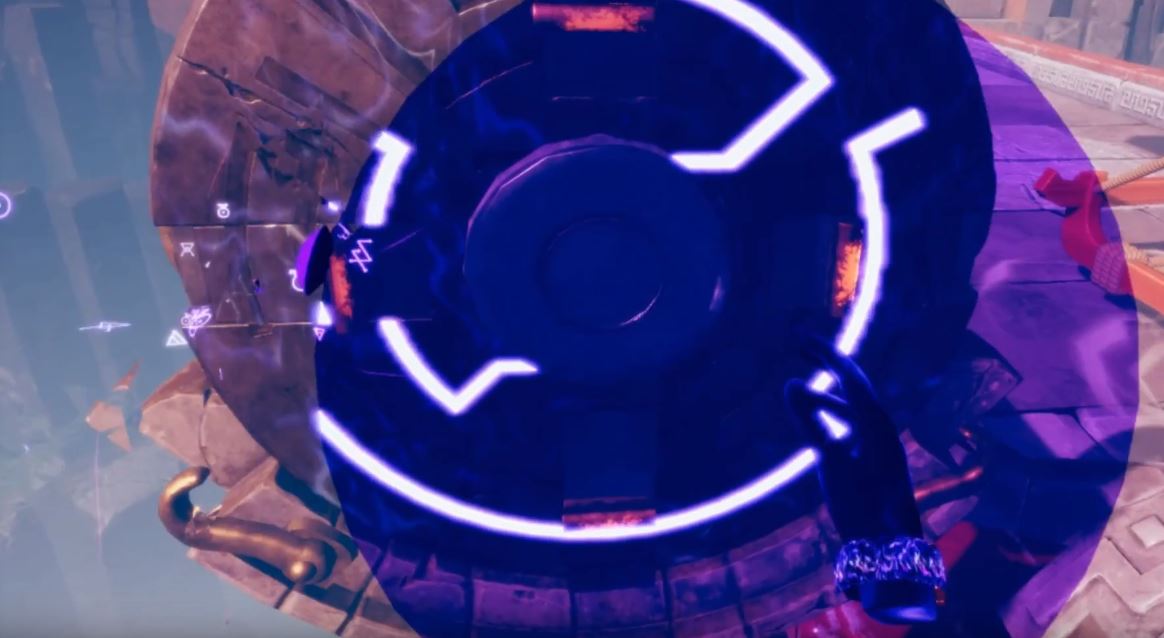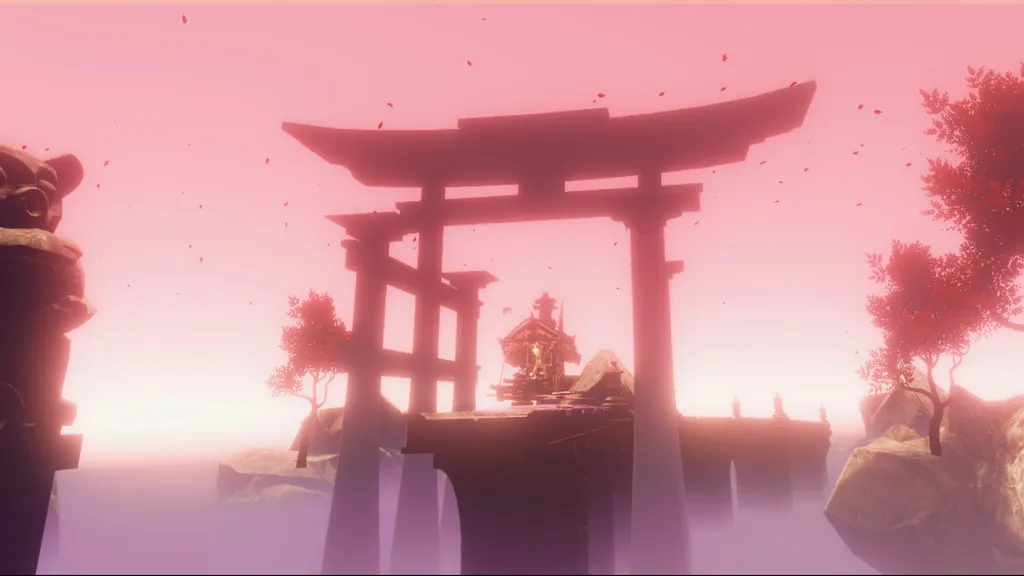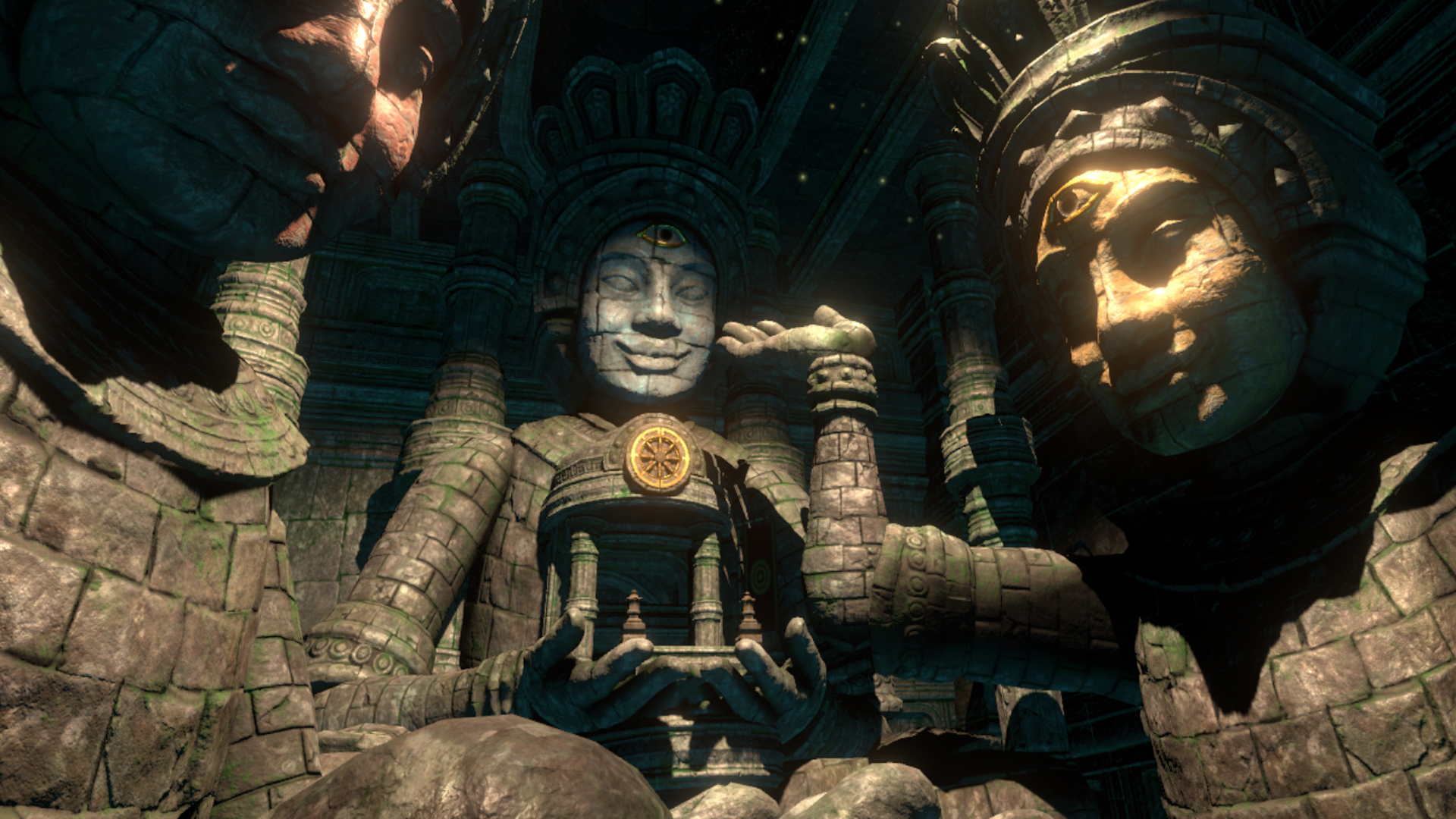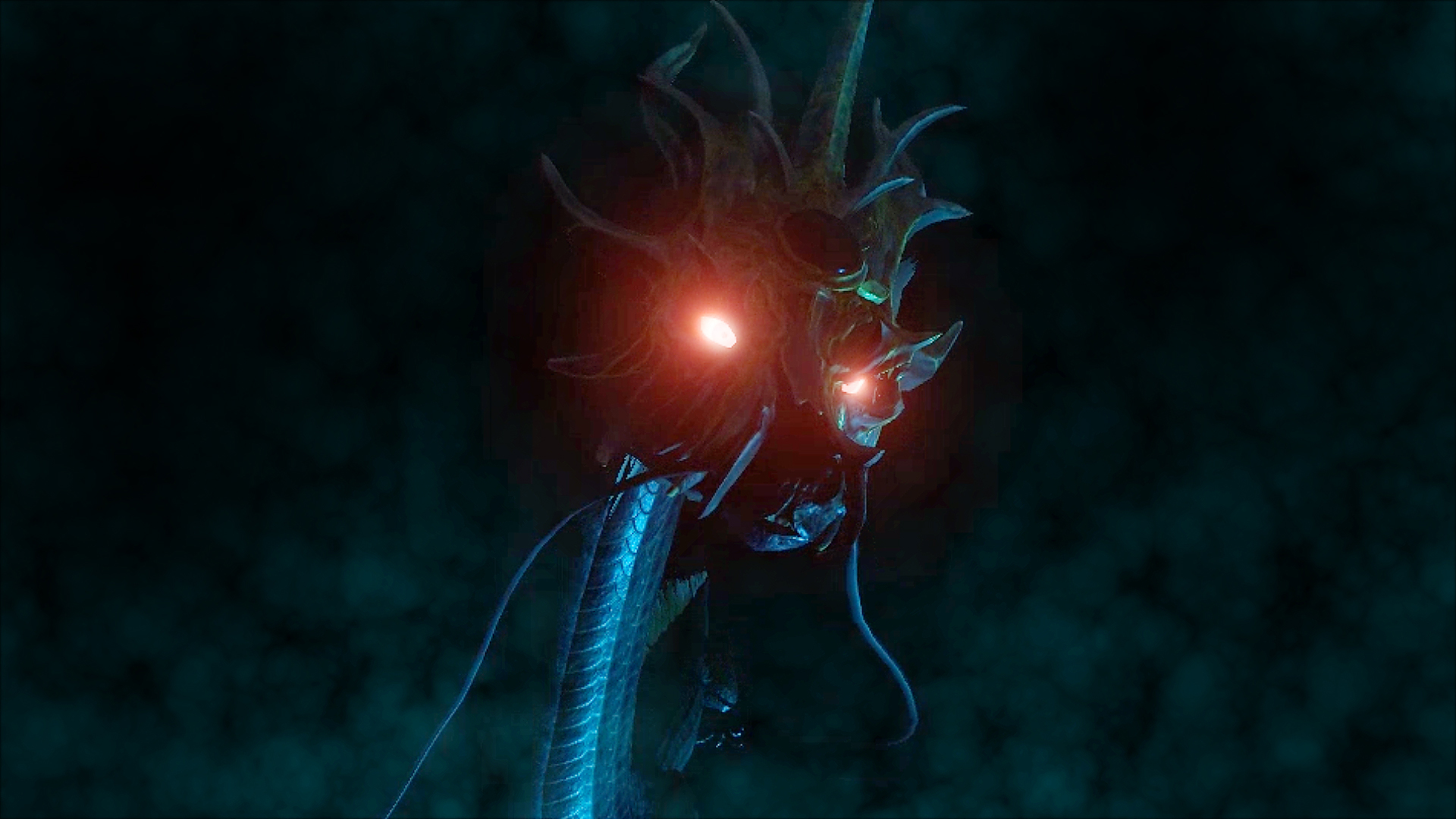Twilight Path had a lot of potential. When I first covered the game in a hands-on preview last month, I noted Charm Games’ past success with Form and how it seemed that the core principles that made that VR puzzle adventure so memorable would be carried over into this spiritual follow-up, but that doesn’t seem to be the case. Twilight Path feels like a more ambitious project, but in the end it’s shallow and uninspired.
In Twilight Path you journey across a spirit realm solving puzzles and interacting with the magical world in an attempt to rescue and help spirits travel across the aptly named Twilight Path. Maybe this tells you a bit about my childhood growing up, but it reminded me a lot of Snake Way from Dragon Ball Z. The Path is falling apart here and it’s up to you to restore it and save the Spirit Realm.
While the narrative attempts to be more pointed and clear than it was in Form, it ends up falling a bit flat. The suggestive and otherworldly feeling that Form exuded was one of its defining characteristics, but Twilight Path seems too concerned with explaining things, only it never fully coalesces into a strong story.
All that aside though, make no mistake about it: Twilight Path is a gorgeous game. If the sheer visual spectacle of VR is all that you really look for in a game, then you won’t be disappointed here. The sense of scale is really excellent and I often found myself just standing still in place craning my neck to look around. But that window dressing doesn’t hide an otherwise uneventful journey through an esoteric world.
There are no locomotion mechanics in Twilight Path at all. You’ll stand in your actual play space, move around to reach out and grab things, and then automatically be transported to other areas and puzzles. There is but one section where you ride a device across a bridge. Normally this isn’t a big deal, but sometimes I ran into an issue where my play area wasn’t established in the correct spot physically, causing it to spawn inside of my real life desk without a way to move it.

Puzzles are similar to Form, but as stated, they feel less awe-inspiring. You’ll reach out and tweak objects or even use your spiritual powers to influence far-off creatures and leverage a nifty portal power that lets you peer through into another dimension. It works a bit like the Lens of Truth from The Legend of Zelda games (shown above.)
Form was so excellent because its puzzles were interesting and satisfying enough to stand on their own. In Twilight Path on the other hand, it feels more like they added spirit-babble story to try and pad the game with exposition since the actual gameplay wasn’t interesting enough on its own. I frankly just didn’t care about any of the characters. I can’t know for sure, but it feels overall rushed.
One of the hallmarks of a good puzzle game is when it slowly introduces mechanics that build on themselves and test you more and more as the game goes on. Even though it was a bit on the easy side, Torn does a decent job of this and The Gallery (both Episode 1 and Episode 2) is particularly excellent. Twilight Path was more like a hodge podge of unrelated tasks that didn’t seem to build towards a singular idea. Clocking in at just a little over an hour total, it fizzles out before it ever gets very interesting.
Twilight Path’s gorgeous visuals and massive world aren’t enough to hide the lackluster puzzle solving and brief journey through the spirit world. Since the adventure is over far too soon at barely more than an hour of gameplay, there really isn’t enough here to entice even the most hardcore puzzle gaming fans. Form was an excellent debut VR puzzle adventure for Charm Games, but Twilight Path feels like a step back. Unfortunately, the inhabitants of Twilight Path’s spirit world aren’t the only things about this game that are lifeless.
Twilight Path is available for download on Steam (Rift and Vive) and Oculus Home for $14.99. Read our Game Review Guidelines for more information on how we arrived at this score.




























